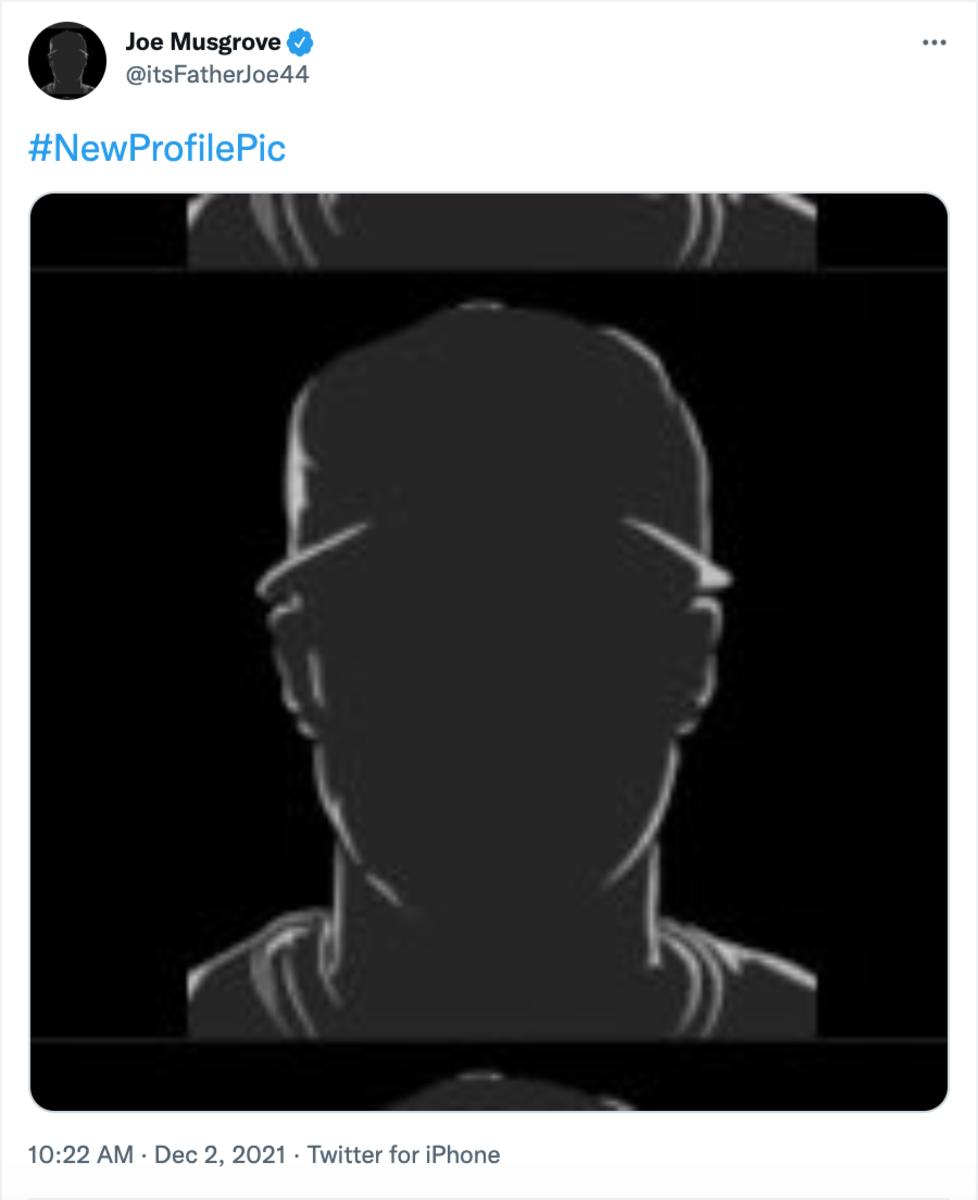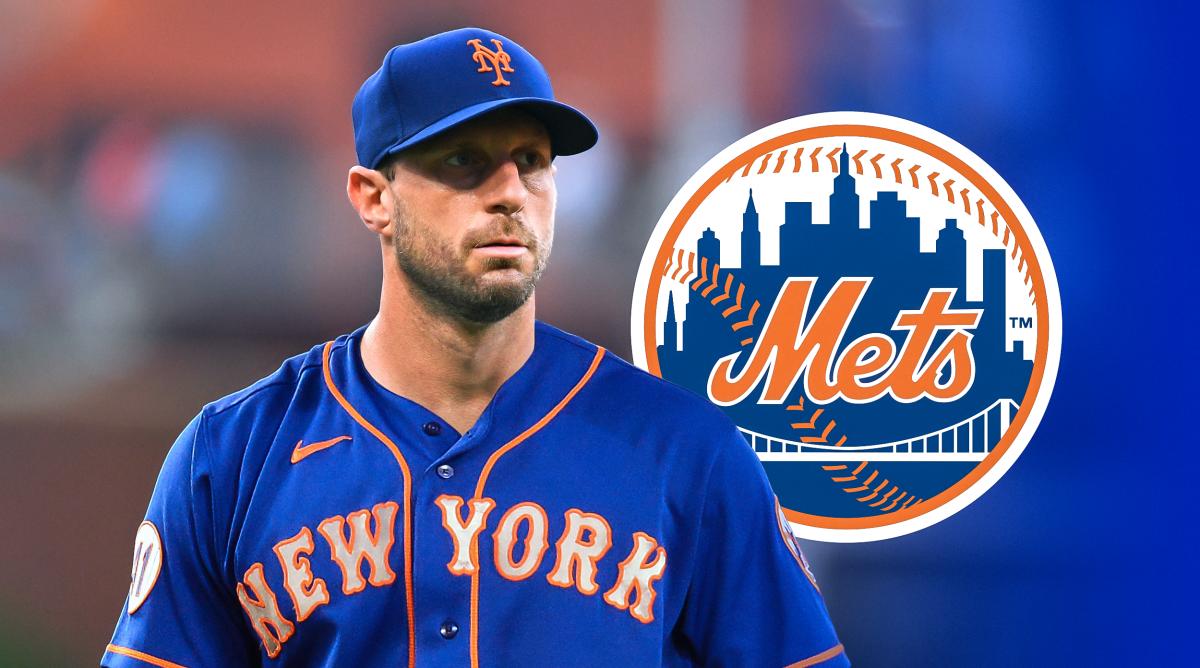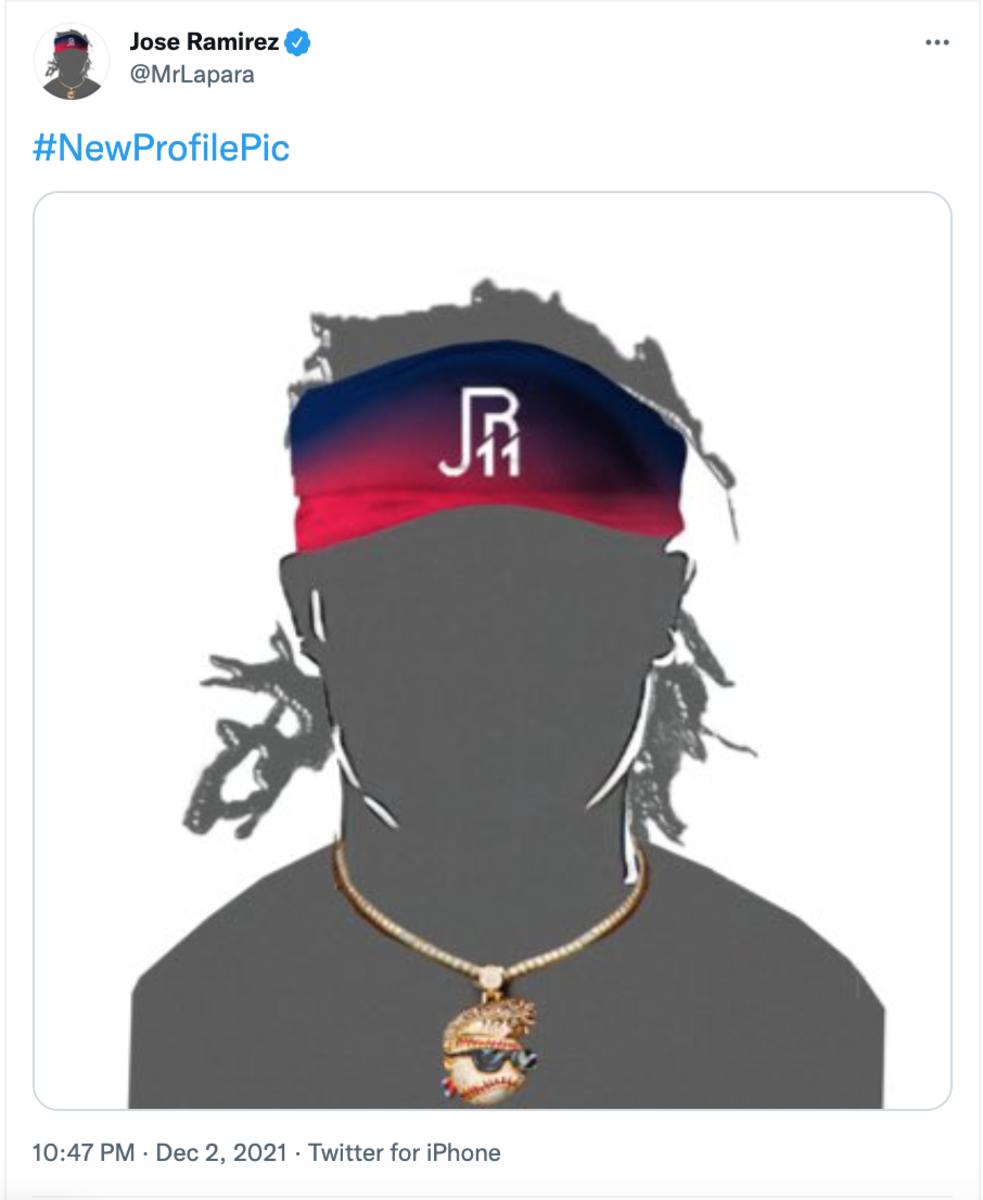Inside Baseball’s First Digital-Age Work Stoppage

Over the first 36 or so hours of the MLB lockout, we’ve already seen how different this work stoppage is going to be than any of the others because of the omnipresent media landscape. Just as television networks, websites and social media accounts have played a definitive role in recent political elections, they also could decide baseball’s first labor fight of the digital age.
Minutes after the collective bargaining agreement between the owners and players expired at 11:59 p.m. Wednesday, commissioner Rob Manfred used the league-owned website to publish a letter to fans. Under the guise of transparency, the Manfred letter is both condescending in tone and disingenuous in purpose. “This defensive lockout was necessary because the Players Association’s vision for Major League Baseball would threaten the ability of most teams to be competitive,” Manfred wrote, omitting the fact that locking out the players is an offensive tactic in labor negotiations. It is a choice, and while the lockout felt inevitable for months, the owners didn’t have to do it. As my friend and former SI baseball writer Jack Dickey explained on Twitter, “Owners want to make lower- and mid-market players sweat to try to break the union’s solidarity and win a better deal.” (Dickey now works for the News Guild of New York, where he serves as a local rep for the SI Union, so his perspective is based on his knowledge of both labor fights and baseball.) Simultaneously, any content that featured players was removed from MLB.com. So, all the stories from the exciting hot-stove transactions of the past week, which had populated the site until then, were taken down. Gone were the team roster pages, though you could still find player stats and basic biographical information on their individual pages. Their headshots were replaced with the same blank characters. This gave the players a collective action that couldn’t have been done in any of the league’s previous seven work stoppages. One by one, many of them changed their Twitter profile pictures to the blank headshots from their player pages.

Manfred also held a press conference Thursday morning, in which, among other things he said, “The most negative reaction we have is when a player leaves in free agency. Making that available earlier, we don't see that as a positive.” He conveniently omitted the excitement of all those free agent signings from the beginning of this week. Other than the World Series and Opening Day, with few exceptions, baseball gets its most attention around the trade deadline and in busy periods of free-agent signings. The league promotes its spending sprees and blockbuster trades with special shows on MLB Network and on its website—unless there is a lockout, that is. Sure, fans of teams are upset when their favorite player leaves for another team in free agency. But those losses become a lot more palatable when their team pivots to sign another team’s star player. Manfred knows major transactions are great for baseball, but he represents the owners, who want to control their players for as long as possible. It’s true that previous commissioners have held press conferences during the earlier work stoppages, but this time, Manfred’s comments received the instant amplification that the social-media world provides. For better and worse. It doesn’t take much to recognize the flawed logic in Manfred’s comments about free agency, and more people than ever before can watch that clip on demand. There are plenty of great journalists covering the work stoppage who are explaining the core issues of the labor negotiations for each side and putting everything into context for any fan to see.
This lockout is almost certainly going to drag out for weeks, maybe months. As always, one front of this labor war is waged privately at the bargaining table, while the other is staged publicly through the media. They’ll make their cases for why the other side is the one to blame, arguing that if only the other guys were reasonable, the start of the season wouldn’t be in jeopardy. The goal is to make fans direct their ire toward one side in particular, so that side crumbles and concedes. It’s going to get ugly. Insults will come from anonymous league officials. They’ll call the players greedy. They’ll paraphrase Mark Knopfler—You’ve got to install microwave ovens, custom kitchen deliveries… They play the baseball on primetime TV. Now that ain't workin'. Money for nothing; hits for free—in an attempt to turn working class fans against the players. Undoubtedly, this will sway some fans. It always does.
But this time, many fans have a better understanding of the ways in which the owners have suppressed salaries through manipulating service time, relying on younger players who make less and using the competitive balance tax as an unofficial salary cap. They also recognize that the owners are far wealthier than even the highest paid players. Mets owner Steve Cohen’s net worth is roughly $11 billion, which is more than 29 times the value of Max Scherzer’s estimated career earnings. All I had to do was Google “steve cohen net worth” and “max scherzer career earnings,” pull out my iPhone and use its calculator. These are just a few of the many pieces of information relevant to the bargaining issues that are readily available for all to see. How they are used will be what leads to a deal at the bargaining table.
Have any questions for our team? Send a note to mlb@si.com.
1. THE OPENER
“Today the lockout is a messy procedural move designed to get closer to an agreement. But each day threatens to turn it into something far worse. Owners and players are playing a dangerous game of chicken in a crowded entertainment landscape.”
That’s Tom Verducci in his story from yesterday morning about the stakes of this lockout.
You can read Tom's entire column here.

2. ICYMI
Need some more information about the lockout. We’ve got you covered:
Our No-Nonsense, Cut-the-Crap Guide to MLB's Labor War by Stephanie Apstein
The fight is over money, but will the game be collateral damage?
Lingering Questions As MLB Lockout Puts Game on Hold by Emma Baccellieri
Here’s a rundown of what baseball will face when it returns—whenever that may be.
Miss our coverage of the free-agent frenzy from the beginning of the week? Here you go!
Max Scherzer Deal Is a Major Flex for the Mets. Now They Need More. by Emma Baccellieri
How should we evaluate a record-setting contract like this? This move's success will depend on what they do next.
MLB Free Agency Is Booming Ahead of the Looming Lockout by Tom Verducci
Just days before baseball was expected to shut down, the Mets signed Max Scherzer to a record contract and the 102-loss Rangers doled out more than $500 million.
Rangers Make Splash With Spending Spree. Will It Make a Difference? by Will Laws
Texas signed superstars Corey Seager and Marcus Semien to megadeals worth a combined $500 million, but its 2022 short-term outlook still isn't great.
The Sure Thing: Why the Rays Extended Baseball's Next Phenom by Tom Verducci
To be this good this young is a strong marker of greatness. Wander Franco is as good as any young player we've seen.
Tigers Make Risky, Yet Sensible Choice to Sign Javy Báez by Emma Baccellieri
Here are three reasons why Detroit offered one of baseball's most entertaining and frustrating players a six-year, $140 million contract.
Mariners Reel in an Ace to Keep With the Pace in AL West by Nick Selbe
Seattle took a big step toward building off of its surprise success last season by signing 2021 AL Cy Young winner Robbie Ray on Monday.
3. WORTH NOTING by Stephanie Apstein
If you’ve visited MLB.com or any of the team sites since 11:59 p.m. ET on Dec. 1, you may have noticed a distinct lack of baseball coverage. The website is full of stories about retired players, but there’s nothing about anyone who currently wears a uniform. MLB.com’s Mark Feinsand tweeted that the league is trying to comply with federal labor law by not using players’ names, images and likenesses for marketing purposes. In addition to scrubbing stories, MLB also anonymized promotional events such as bobblehead nights and pulled down banners outside at least one ballpark. It also yanked all player photos from the roster pages and replaced them with blank cartoon heads. In response, many players have replaced their Twitter profile pictures with the same image. The first work stoppage of the digital era has begun.
4. WHAT TO WATCH FOR from Matt Martell
New Hall of Famers could be announced on Sunday night when the results of two special elections, the Early Baseball Era and the Golden Days Era, are announced at 6 p.m. on MLB Network.
The Early Baseball Era ballot features players Bill Dahlen, John Donaldson, Bud Fowler, Vic Harris, Grant “Home Run” Johnson, Lefty O’Doul, Buck O’Neil, Dick “Cannonball” Redding, Allie Reynolds and George “Tubby” Scales. Dahlen and O’Doul played before integration, while Reynolds anchored the Yankees’ rotation in the 1940s-50s. The others were Negro League star players and/or pioneers who are deserving of consideration.
The Golden Days Era ballot includes players Dick Allen, Ken Boyer, Gil Hodges, Jim Kaat, Roger Maris, Minnie Miñoso, Tony Oliva, Billy Pierce and Maury Wills, and manager Danny Murtaugh.
Candidates must appear on 75% of the 16 ballots cast in each election to earn induction into the Hall of Fame.
5. THE CLOSER from Emma Baccellieri

As Stephanie noted, many players have changed their Twitter profile pictures in a show of solidarity to match the anonymous, faceless headshot that is now used on the league’s website. But some have personalized it a little bit: Enjoy Twins pitcher Randy Dobnak’s mustache and glasses, free agent starter Johnny Cueto’s hair and Guardians third baseman José Ramirez’s bandana and chain.
That’s all from us today. We’ll be back in your inbox next Friday. In the meantime, share this newsletter with your friends and family, and tell them to sign up at SI.com/newsletters. If you have any questions or comments, shoot us an email at mlb@si.com.
